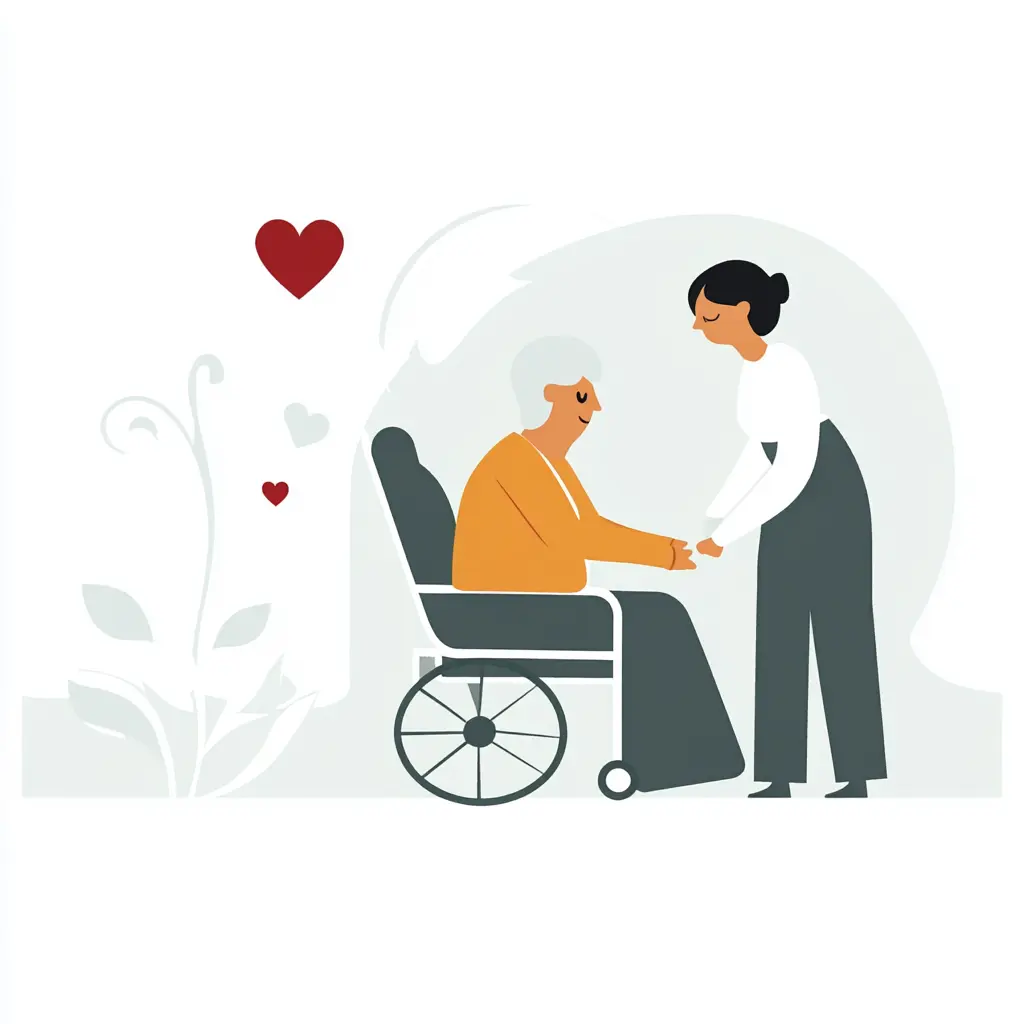
Everything You Need To Know About Tuberculosis In The Elderly
- Published on
- Authors

- Author
- HP Homecare
Understanding Tuberculosis in Older Adults
Tuberculosis in seniors presents unique challenges and risks that require specialised attention and care. As the body ages, the immune system weakens, increasing susceptibility to infections like TB. Recognising the symptoms early and understanding preventative measures can substantially improve outcomes.
Symptoms Unique to Seniors
Elderly individuals might not show the typical signs of TB seen in younger patients. Instead, they might experience subtler, less obvious symptoms such as a slight increase in temperature, unexplained weight loss, or a persistent cough that doesn’t seem to go away. Because these symptoms are often attributed to normal ageing or other common illnesses in seniors, TB in older adults can be misdiagnosed or overlooked.
Why Early Diagnosis and Screening Matter
Early detection through regular screening is essential, especially for those in communal living environments such as retirement homes where TB can spread more rapidly. Monthly check-ups and quick response to symptoms that might suggest TB can greatly reduce the risk of severe complications.
Prevention Strategies for Seniors
Preventing TB in the elderly involves more than just handling the immediate medical needs. It includes creating a supportive environment that enhances overall health. Here are several effective strategies to consider:
- Regular Health Screenings: Crucial for early detection and treatment adjustments.
- Vaccination: Where applicable, vaccination can play a vital role in prevention.
- Adequate Ventilation in Living Areas: Proper air circulation is significant in preventing the airborne spread of TB.
- Healthy Living: Nutritious diet and regular exercise to boost the immune system.
Treatment Options Adapted for Elderly Patients
Treatment for TB in older adults must take into consideration their broader health condition and typical polypharmacy (usage of multiple medications). Here’s what typically involves:
- Tailored Medication Regimens: Medications must be chosen and dosed carefully to avoid interactions with other drugs.
- Monitoring and Support: Regular monitoring for side effects and effectiveness of the treatment regime is critical.
- Multidisciplinary Approach: Coordination with various healthcare specialists can ensure comprehensive care, from dieticians to pulmonologists.
Understanding the Risks
TB in the elderly can lead to serious complications if not treated promptly. Aside from the direct health risks, there’s a risk of transmission to others, making it a public health concern as well. This underscores the importance of taking proactive steps in prevention and treatment strategies.
In conclusion, handling TB in the elderly with appropriate attentiveness and expertise not only aids in better management of the condition but also enhances the quality of life for seniors affected by this challenging disease. Awareness, proactive management, and effective treatment strategies are crucial components of successful TB control in older populations.